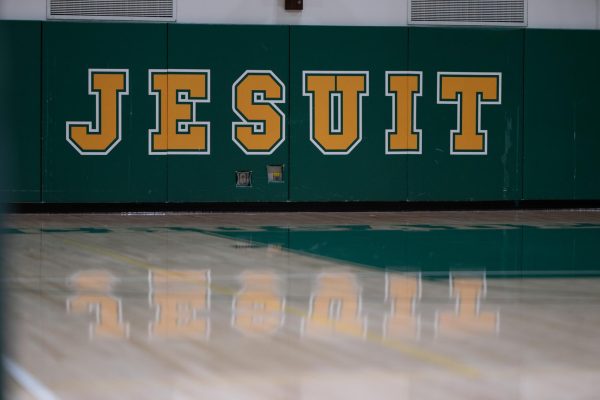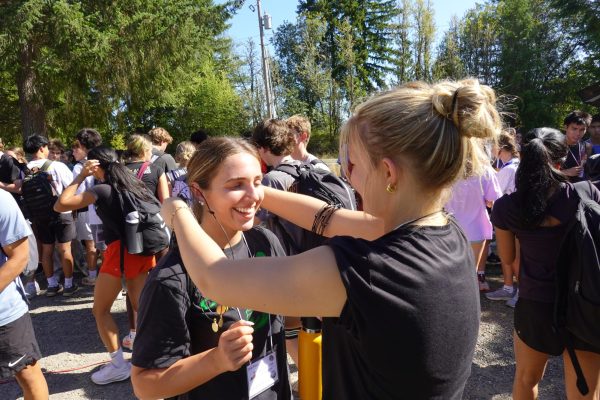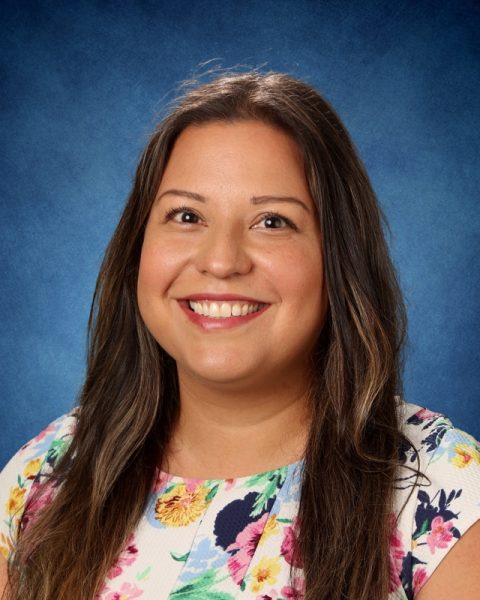Catlin Gabel Scandal influences policy changes

Four decades of sexual abuse at Caitlin Gabel have been recently alleged by alumni.
5 former Catlin Gabel students came forward with accounts of previous sexual abuse from their teachers, primarily through their middle school years. These 5 accounts elicited the reveal of potentially hundreds of more victims, exposing four decades of sexual abuse in the school (OregonLive).
While policies regarding teacher-student relationships were already in effect at Jesuit, the events at Catlin Gabel reinforced Jesuit’s concern about the ever-changing ways teachers and students communicate.
Vice Principal Ms. Tormala has been working with other administrators on the communication policies at Jesuit, working to keep faculty and students safe.
“We were already reviewing our protection policies and our communication policies before anything went down with Catlin Gabel,” Ms. Tormala said. “But, the fact that everything happened at Catlin Gabel did of course give us a real life example of what could go wrong. Because of that, that helped us be more specific and more clear in what we wanted to make sure we were doing with our policies to try to prevent something like that from happening.”
Prior to the Catlin scandal, reviewing communication policies was standard procedure to keep members of the community safe.
“There are a lot of schools across the country that have dealt with similar types of situations, Catlin is certainly not the first nor the last,” Ms. Tormala said. “There are a lot of things coming out across the country from other schools about things that happened 10,15, even 20 years ago, and because of the way our culture has shifted and the way that people are more willing to speak up, and then willing to talk about what happened when they were younger, more and more of these situations are coming to light.”
Many of the policies involve creating safe spaces for teachers and students to communicate, such as ensuring all faculty and students communicate in a public setting or with additional people in the room. Face-to-face communication policies have remained similar for many years, but communication surrounding technology has evolved significantly.
“When we’re dealing with online communication, which of course has changed a lot over the last 10 years, that was something we needed to really pay a lot more attention to,” Ms. Tormala said. “Probably the most significant change you will see in the policy has to do with texting, for instance, between students and teachers. So instead of people having each other’s personal phone numbers, and that opening a door for potential further conversations that maybe shouldn’t happen, we’re looking into other tools.”
New policies have been set into place to restrict outside relationships. The administration has been working to find new tools to use for conversation between coaches, tutors, small group leaders, etc.
“The change in policy, as of March first, was if you are texting with students you must use a school approved app so there is a record of it,” Mr. Hogan explained. “ So we are moving to an app called Remind where you actually cannot see the students phone number.”
Similar to restrictions and moderation with communication, new policies have been added regarding relationships after graduation. Law requires that a student must be 18 or older before any kind of intimate or sexual relationship can take place. However, this leaves a loophole for teachers and students to legally have some kind of intimate or sexual relationship.
“This was one thing that Catlin really taught us that we had never really thought about,” Mr. Hogan elaborated, “So our policy now says you cannot date or be in a romantic or sexual relationship with a student until they are 21. If the school learns of such a relationship before 21 this employee would be terminated. That is just our policy, state law says 18. This is the kind of thing that should be unspoken, it should be obvious.”
While the administration strives to protect both faculty and students, they also work to maintain the close-knit sense of community within Jesuit, working to create a safe and comfortable environment for all parties involved.
“So we’re looking for ways to make sure we can still preserve relationships and preserve community but keep everyone on both sides of the equation safe and in a good place,” Ms. Tormala said.
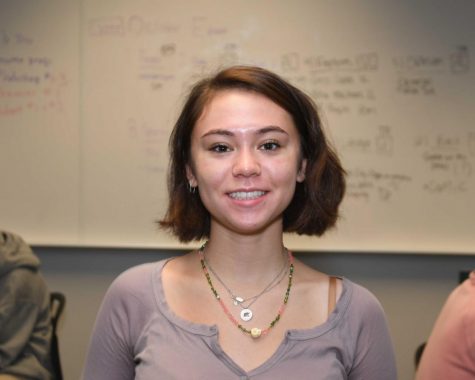
Scout Jacobs is a managing editor for the Jesuit Chronicles at Jesuit High School. As a senior in high school, this is her third year doing Journalism, and she loves to write. Journalism has been a primary passion of hers throughout highschool, and she hopes to continue this passion through college. Outside of school and writing, Scout enjoys reading, hanging out with friends, and listening to music. She is on the swim team at Jesuit, and has been swimming since she was a freshman. Born and raised in Portland, OR, Scout has an older brother who graduated Jesuit last year, who is now attending Seattle University. In her free time, she is usually watching a movie or spending time with her family at home or at fun destinations around Portland. Her favorite subject in school is English, and she has been taking French throughout her high school career in hopes of becoming fluent in the language. She loves the outdoors, and her favorite activity to do with friends is to go on a hike or go swimming. During the weekends and long breaks, Scout usually visits her family in Seattle, where most of her extended family lives. Both of her parents are architects, and she loves hearing about their work and the creativity they use to feel passionate about their work.
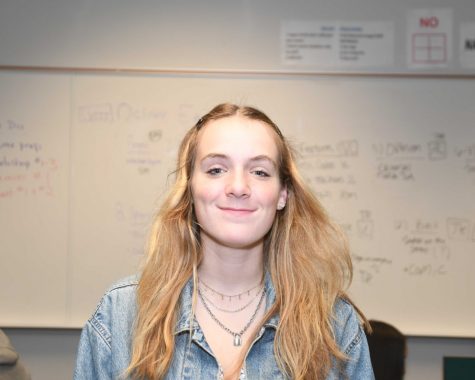
Executive Editor-at-Large and Social Media Executive, Gwynne Olson uses writing and social media to inform, educate, and entertain. Beginning by writing mainly sports pieces, Gwynne dives into opinion pieces and news pieces as well as the occasional video, humour article, and podcast. Gwynne hopes to continue to pursue journalism after graduating from Jesuit, wherever she may land. Though a journalist at heart, she also writes fictional pieces and poetry on the side.





